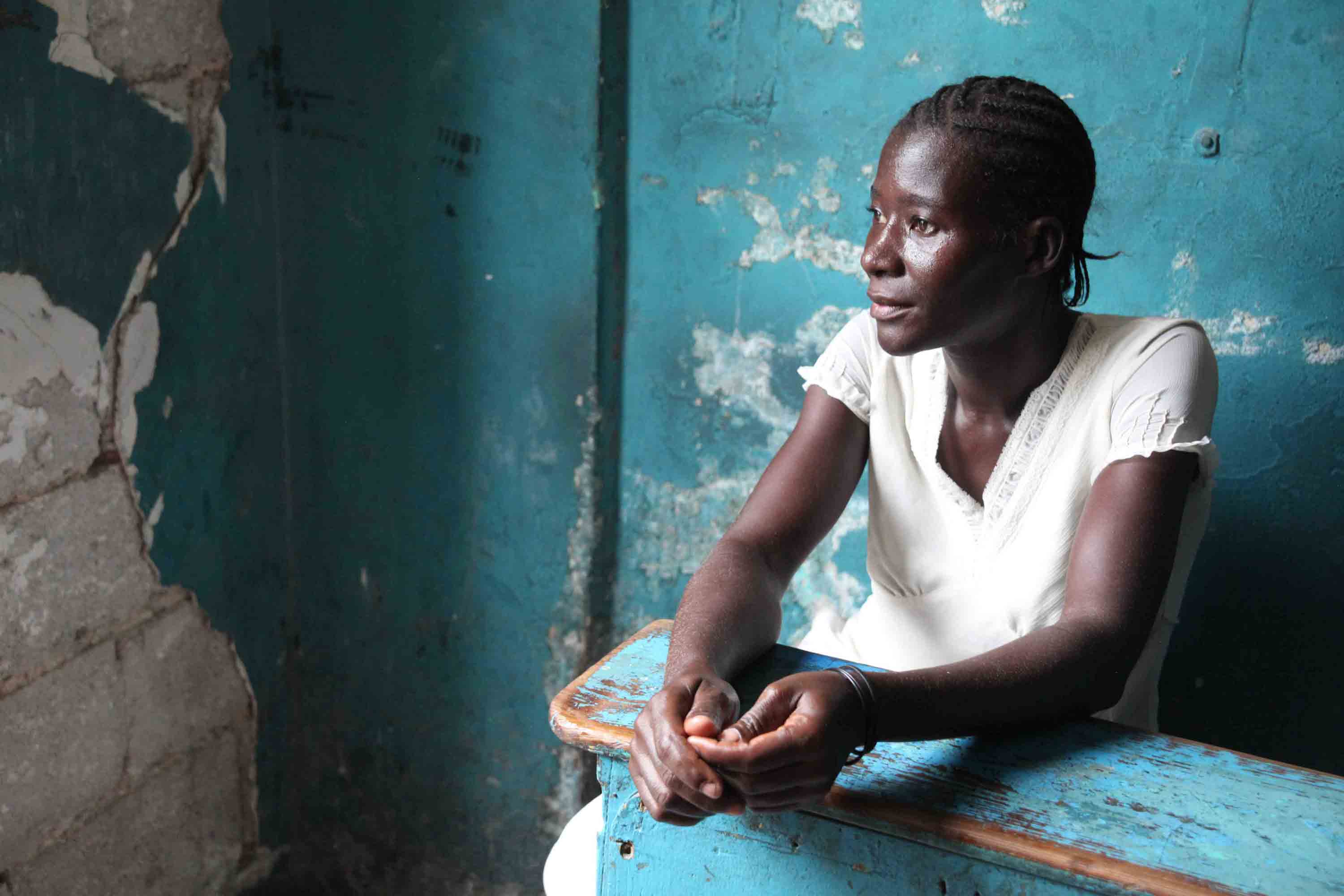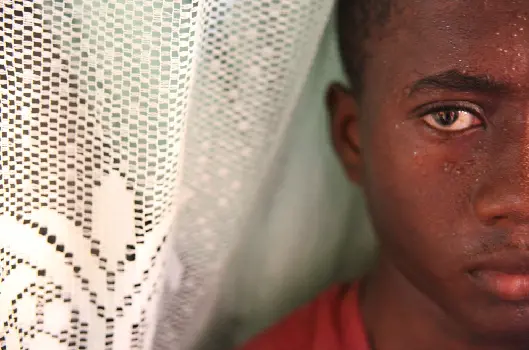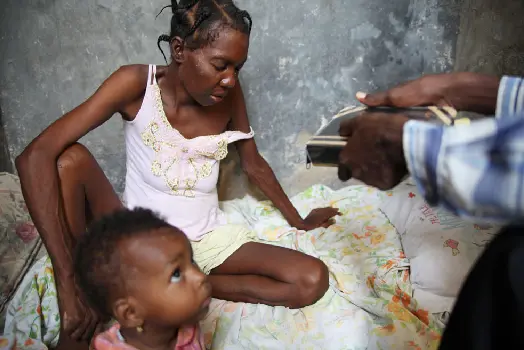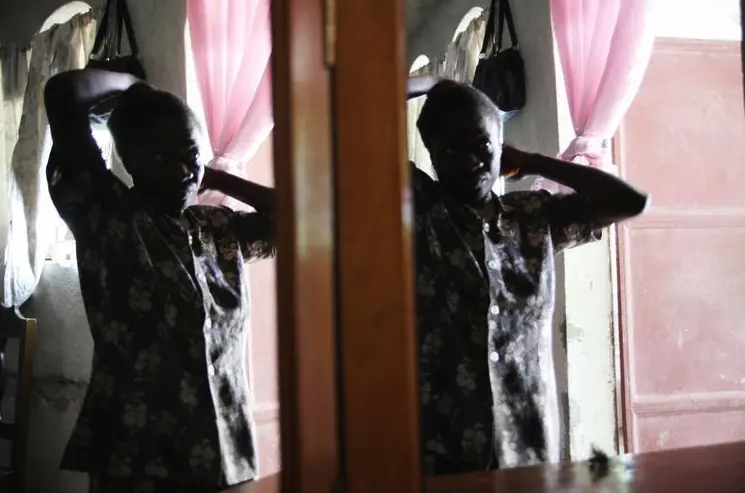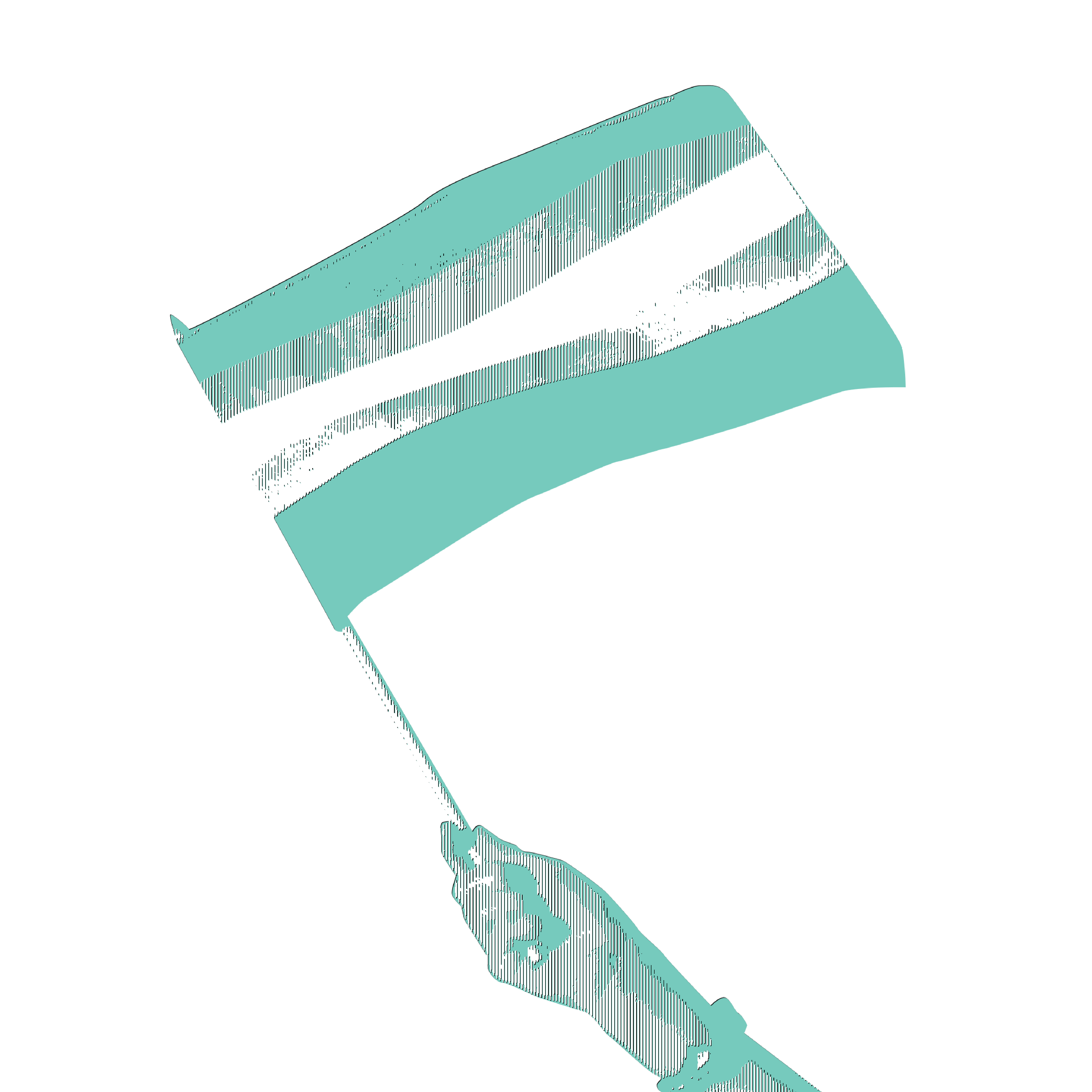For the past nine months, Andre Lambertson and I have been reporting in Haiti, focusing mainly on H.I.V. and AIDS. At first glance, it seems to be a doubly depressing topic. As if the earthquake — with its death, displacement and lost limbs — were not enough, we've had to turn our attention to those who are even more vulnerable, and who, because of their disease, are often forced to live in the shadows.
It wouldn't be possible to tell these people's stories without some emotional investment. There is a myth that because we try to be objective, journalists are somehow detached, as if cameras, pens and notebooks can protect us from the misery we often face. But if you cannot connect with the humanity in the people you cover, it becomes too easy to sensationalize, to focus on the brokenness and despair that supposedly make for better stories. The key is to find some balance, to tell stories that raise awareness while allowing subjects to retain their dignity.
The story of Sanon, a slight, 22-year-old gay man living with H.I.V., would be ripe for sensationalizing. He is a voodoo priest, and says he was probably infected with the virus by a Catholic priest. He began a sexual relationship with the priest when he was 8, and says the priest paid for his schooling and took care of him until the relationship ended when he was 17. Though his mother lives in New Jersey, Sanon cannot join her. She could not get him a visa because of his H.I.V. status.
We met Sanon at a support meeting held under a blue tarp by Serovie, a grass-roots organization based in Port-au-Prince that mainly serves the gay and lesbian population. I was sitting on the floor, in the middle of a circle of men who have to hide their sexuality outside these walls. They conducted their meeting as if I wasn't there. I liked the camaraderie.
Still, most of them didn't want to be photographed. But Sanon invited us to his house, a single room that he shares with five other young men who are either voodoo priests or priests in training. They drew an intricate, heart-shaped design on the floor, using corn meal, and chanted to call up the spirits. We watched as two of Sanon's friends became possessed.
Most of the H.I.V.-positive people we met were initially not as open as Sanon. There is a definite stigma attached to having H.I.V. and most were afraid that their families and friends would find out that they were infected.
Nadine, for instance, was at first unwilling to be photographed or filmed. She has two children, 7 and 10, and has been caring for them alone since her husband left three years ago, when she told him she was H.I.V.-positive. They live in a tent in the yard where their house once stood. Nadine works with her cousin as a street vendor to make a little money. Some days, her illness leaves her too weak to work. She says her cousin, who doesn't know that she has H.I.V., calls her lazy and doesn't give her enough leftover food so that Nadine and her children can eat.
We've spent more time with Nadine and her family than anyone else. Andre has lent Nadine's 7-year-old daughter a camera to take photographs — of everyone and everything — and then brought back prints for the family to keep. I think this act alone has meant something to Nadine.
Jesula, 22, was also wary of us when we first met. She was five months pregnant, she already had a 1-year-old son, and, at the time, it was all too much: the earthquake, the pregnancy and the H.I.V.
"I did not want to have another baby," Jesula said. "I went to a natural doctor, and he made a lot of potions for me, and I drank them, but the baby was still there. It was stuck there."
Our first interview with Jesula was short. In her very sweet, girlish voice, she told us how she and her boyfriend have struggled to find work. She said she had once wanted to be a teacher, and so I asked what her hope was for the future now.
She was silent. Then she began to cry. Finally, she said, "I cannot answer."
We stopped the interview.
"You come to a certain place and you see somebody broken, and that's enough," Andre said. "That could be your sister. You see someone in that kind of pain, you can see where they are with their story and to take them any deeper is to harm them more."
We told Jesula that we'd be back in a few months. I don't think she believed us, because she was surprised when we called in August. She was much happier then. She'd been to a therapist and was excited because she had just found out that she was going to have a little girl. We accompanied her to a clinic, where she had a checkup and collected some rice, beans and oil. And, when she gave birth to Jennifer in late September, Andre stopped by to photograph the baby.
I cannot say why people have been so open with us. The only reason I can give is that they trust us. And I think it's a testament to the type of photographer who Andre is. It's easy enough for me. People are less threatened by my pen and notepad, or even my audio recorder and microphone, than they are by Andre's camera. So he has to do something more, to make decisions about when to shoot and when to hold back, to get people to trust that he isn't going to exploit them.
"The fact that someone is living outside in the street and has no private place to be with their pain doesn't mean that they're open to my taking pictures," Andre said. "It happens so much here. But I think about how I would want to be treated in that situation."
Though the majority of our subjects want to keep their H.I.V. status secret, they have given us permission to publish their stories.
It's a heavy responsibility to shoulder this faith that we will make the right decisions about what to reveal and what to hide. But I know that Nadine, Jesula, Sanon and others hope that these pictures will portray them not as people who should be pitied because they are poor and living with H.I.V., but simply as people.
They want the world to know how they are living, not just what they are suffering through; that there is some joy — in births, in ceremonies, in family — despite it all; that there is light among some very dark shadows.



